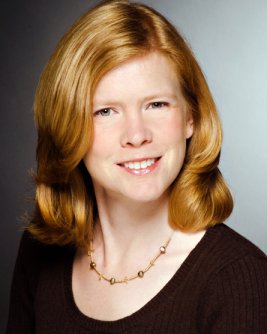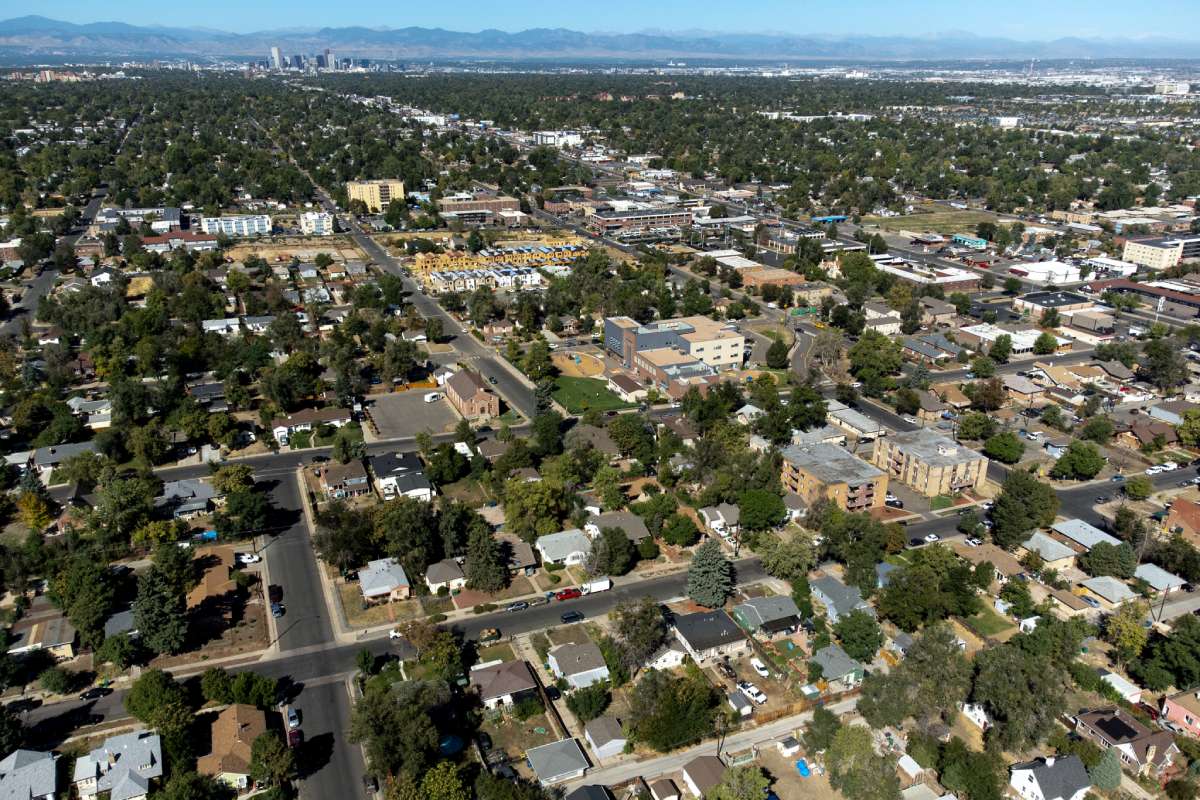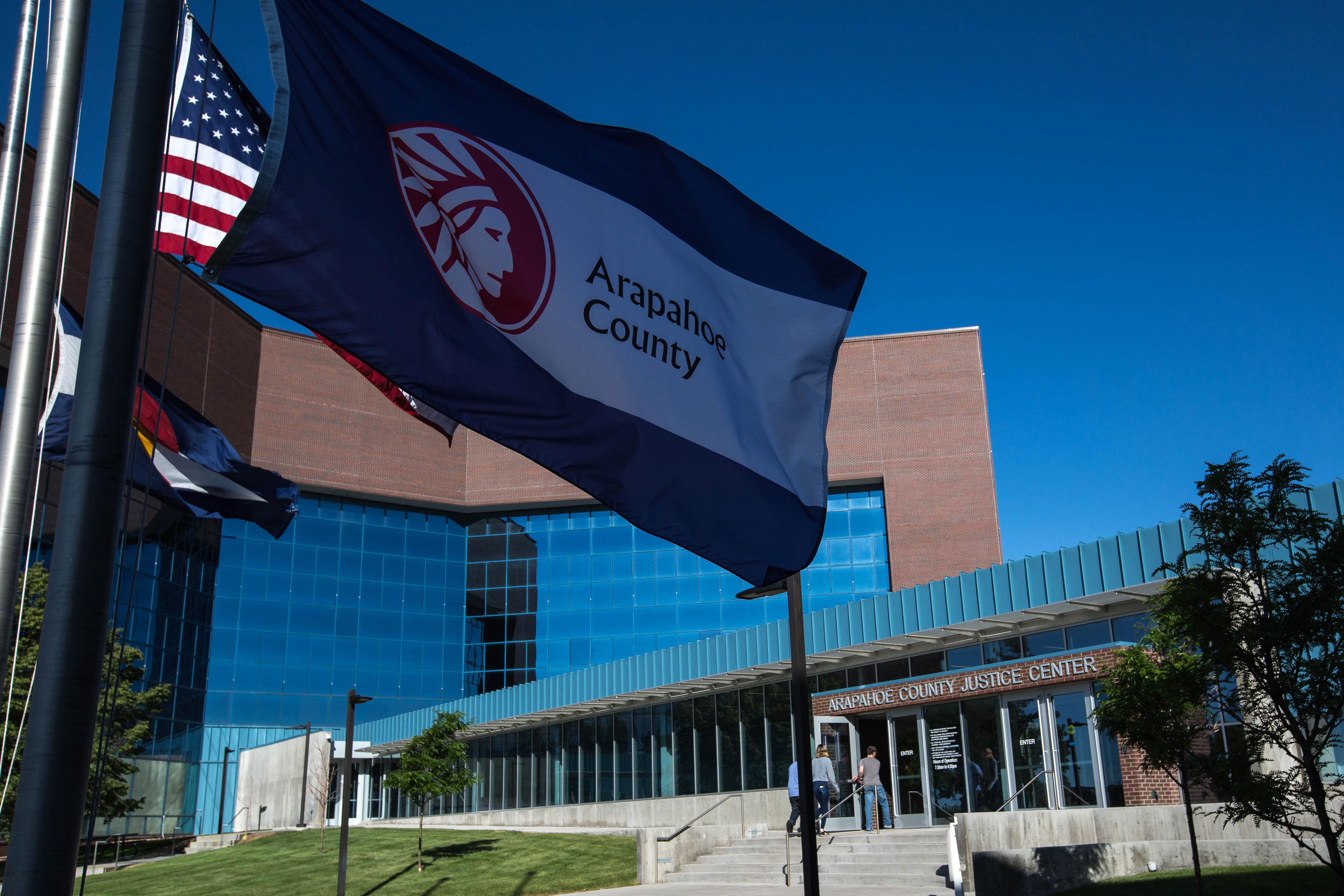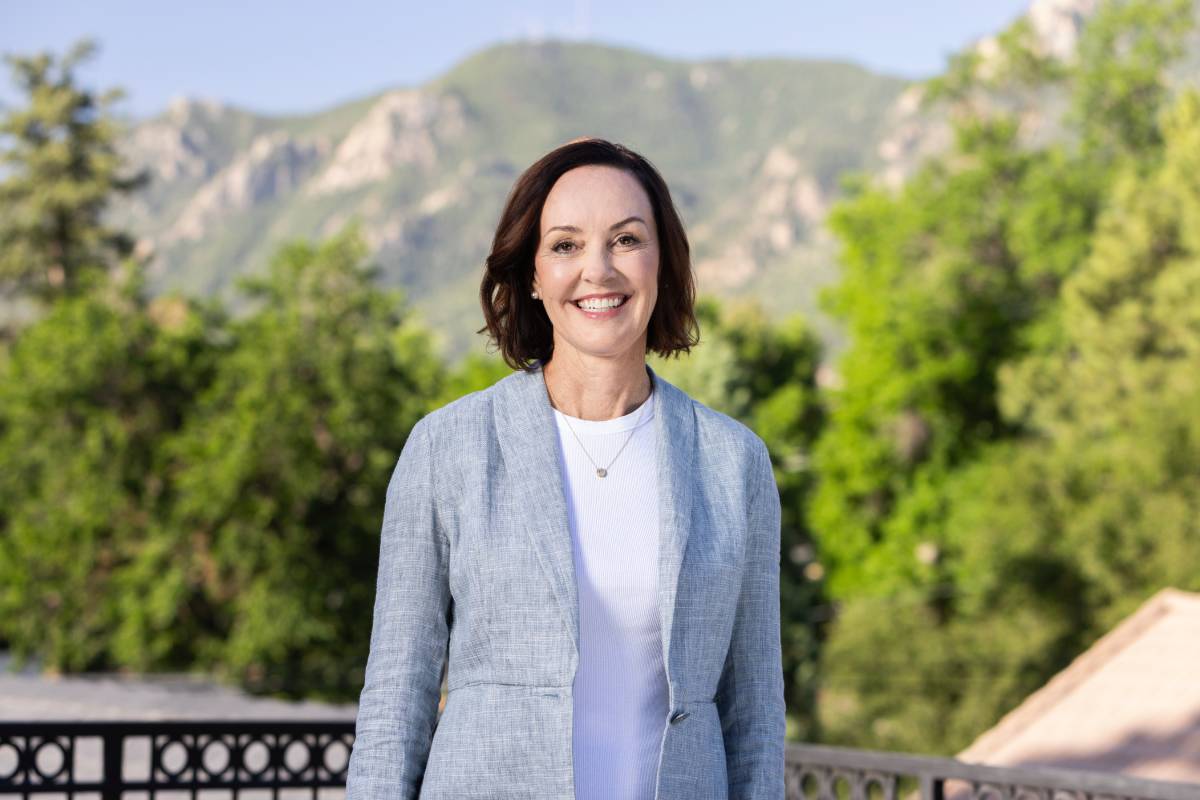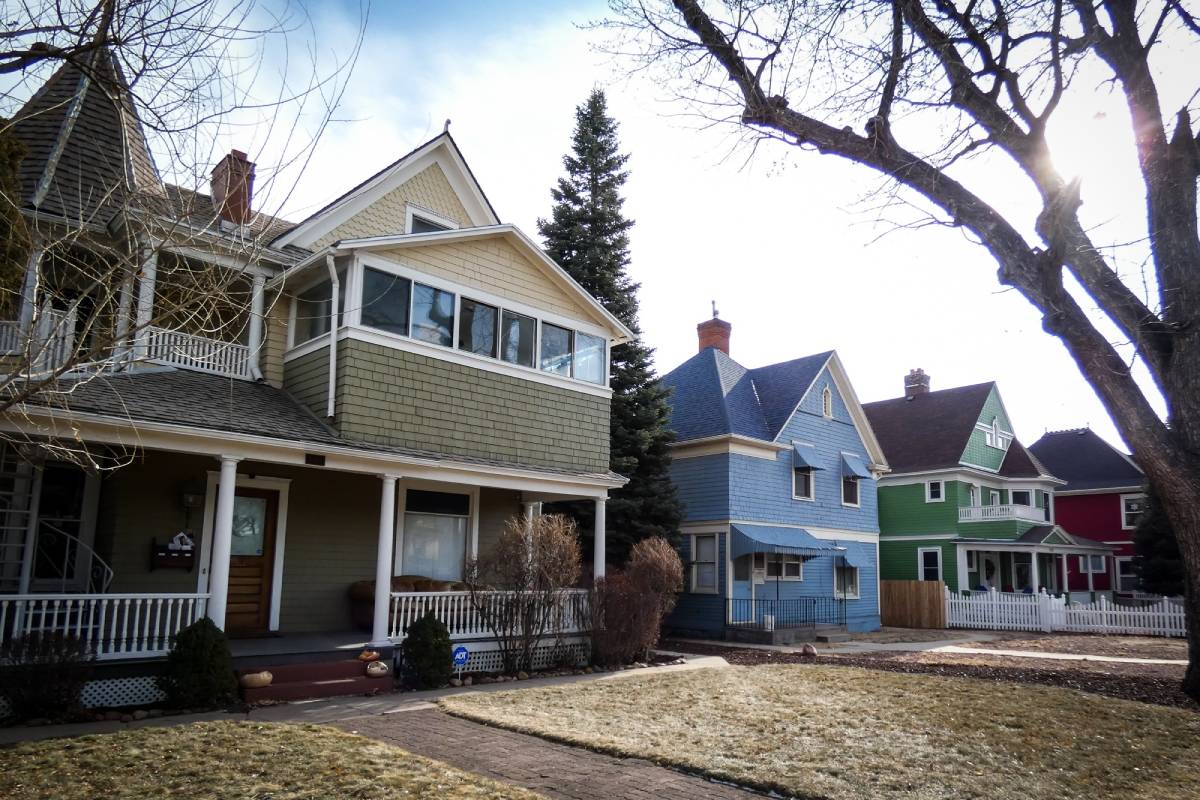Photo: Waldo Canyon Fire on June 26
It’s already shaping up to be an expensive firefighting year. Two of the state’s worst blazes – the High Park and Waldo Canyon fires – have already cost more than $40 million. The US Forest Service spends about $1 billion every year saving homes and property from wildfires. Residents and communities in fire-prone areas have sometimes resisted efforts to force them to do more to reduce wildfire risks. But as KUNC’s Kirk Siegler reports, some think that will soon change.
Here is a transcript of Kirk Siegler’s report:
Reporter Kirk Siegler: During the summer of 2009, town officials in Breckenridge were forced to back away from an unpopular proposed defensible space ordinance that would have required residents to create fire breaks around their homes. At the time, Eric Buck, the head of an opposition group called the Defend Our Trees Campaign, told KUNC it defied private property rights and was misguided.
Eric Buck: A 150-foot break between the national forest and the town limits is going to be far more effective in protecting the overall town than any 30-foot space around an individual home.
Reporter: So the ordinance became voluntary. At that time, the local fire department said only about a quarter of the homes in town had defensible space, even though most of the trees in the area were dead due to bark beetles and prone to wildfires.
Lori Miller: You know anytime we enact a rule or a law, there’s gonna be push backs.
Reporter: In 2009, Lori Miller was deputy chief of the Red, White and Blue Fire District. Now chief, Miller estimates about a third of Breckenridge homes have proper fire mitigation around them. Not bad she says, since the effort is voluntary, and educating homeowners is an ongoing process.
Miller: People move into the WUI, and that’s the wildland-urban interface, people move into the WUI on purpose, they want to live in that natural environment and trees and some privacy and those sorts of things.
Reporter: And despite the well-publicized, destructive wildfires recently, more people are continuing to move into the WUI. In fact, an analysis by our partners at the I-News Investigative network shows that more than 90,000 people in Colorado alone have moved into these so-called “red zones” since 2000. Ray Rasker tracks wildfire spending as director of the Montana-based think tank, Headwaters Economics.
Ray Rasker: These local ordinances requiring firewise treatments or requiring a set-back, they don’t deal with the real issue.
Reporter: The real issue, says Rasker, is that local governments have little disincentive to stop zoning mountain areas for more housing when they know the federal government will step in and pay most wildfire suppression costs. Think of the High Park Fire near Fort Collins, where most of the destruction has occurred on a mix of private and county land.
Rasker: So that you’ve got for the first time, a county commissioner looking at a plotting map of a potential new subdivision, and asking themselves, can we afford to protect those homes from wildfires.
Reporter: But another factor that could limit more development in these red zones in the future and lower suppression costs may come as a result of the private sector. Some insurance companies have already stopped issuing policies in high-risk wildfire areas. It’s mostly been on a case-by-case basis, says Carole Walker, Executive Director of the Rocky Mountain Insurance Information Association.
Carole Walker: Those are the changes we’ve seen as we’ve seen these catastrophic wildfires, these catastrophic disasters, just add up to so much money, so much in terms of property loss.
Reporter: Since the 2002 Hayman Fire, which burned 138,000 acres, Walker says companies require homeowners to do a list of wildfire mitigation as part of their insurance policy.
Walker: I think in Colorado what we need to start moving toward is much stricter ordinances where it comes to people living in wildfire-prone areas because then you’re looking at protecting an entire community.
Reporter: California and Nevada both have statewide laws like what Walker is suggesting for Colorado. Back in Breckenridge, Summit County that surrounds the town now has a mandatory defensible space ordinance that applies to all new construction. And fire chief Lori Miller is starting to notice a societal shift when it comes to wildfires.
Miller: Because I think people, there’s a better understanding, there’s a higher awareness, there’s a heightened sense of personal responsibility that they know that if they don’t want to lose their homes, they need to try to do things.
Reporter: Whether that awareness will also start to be apparent in the halls of Congress, where decisions about the federal firefighting budget are made, remains to be seen. But several experts interviewed for this story and others this fire season believe that especially in an era when austerity is en vogue, reforms may be inevitable.
[Photo: CPR/MVerlee]
